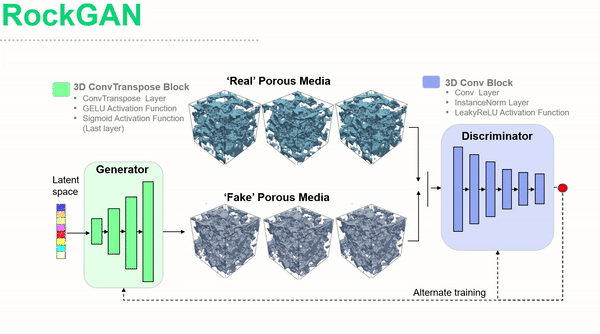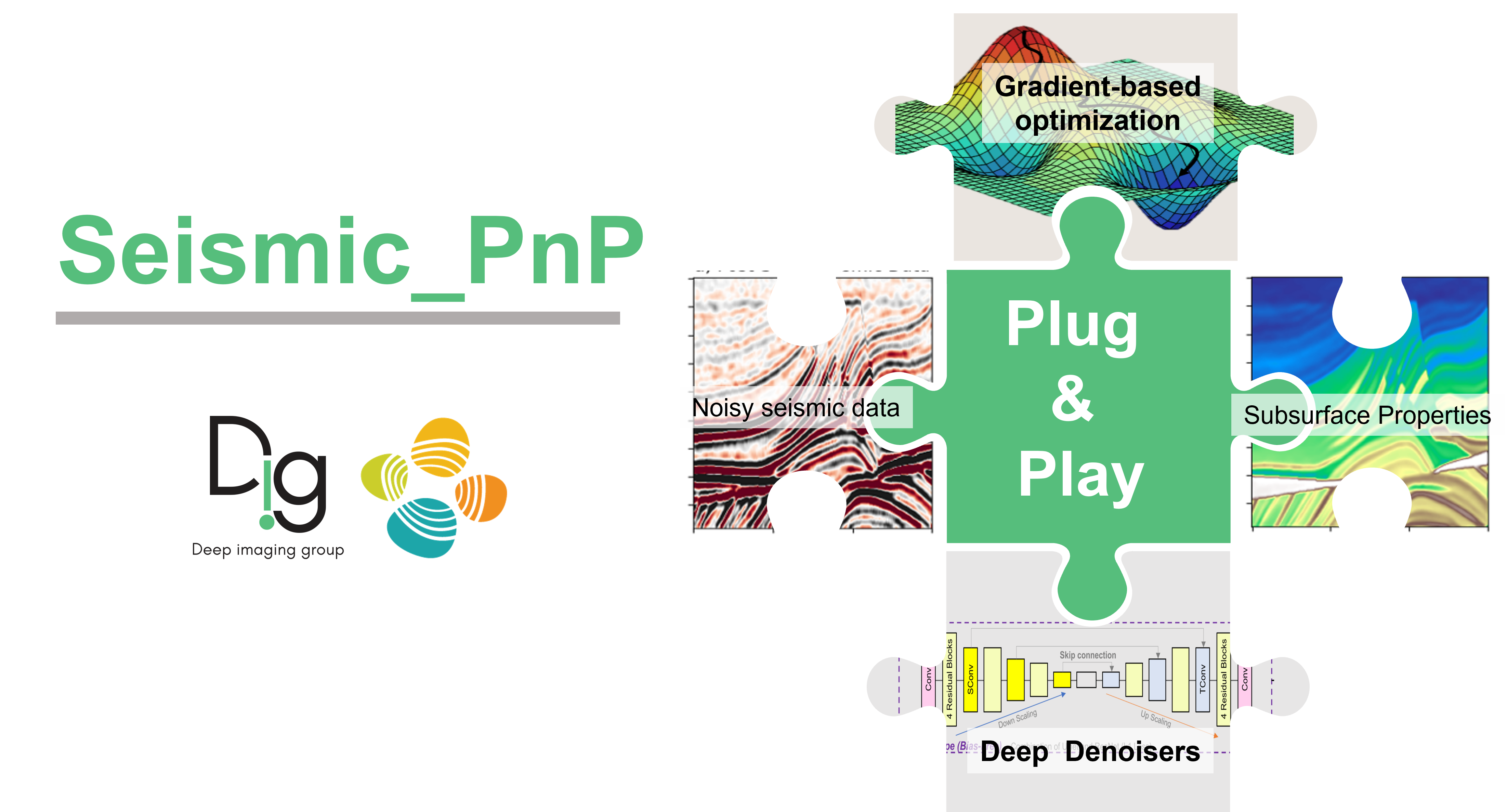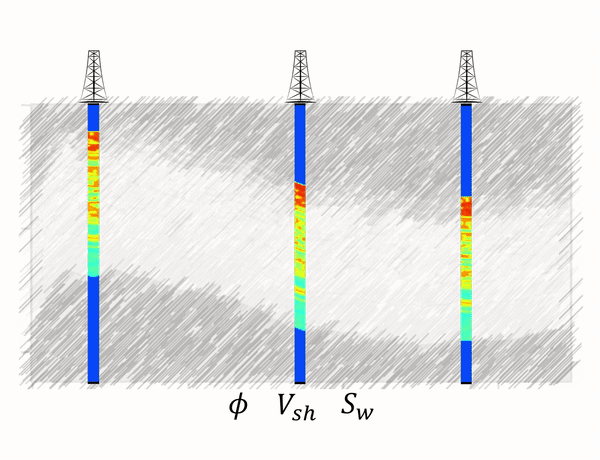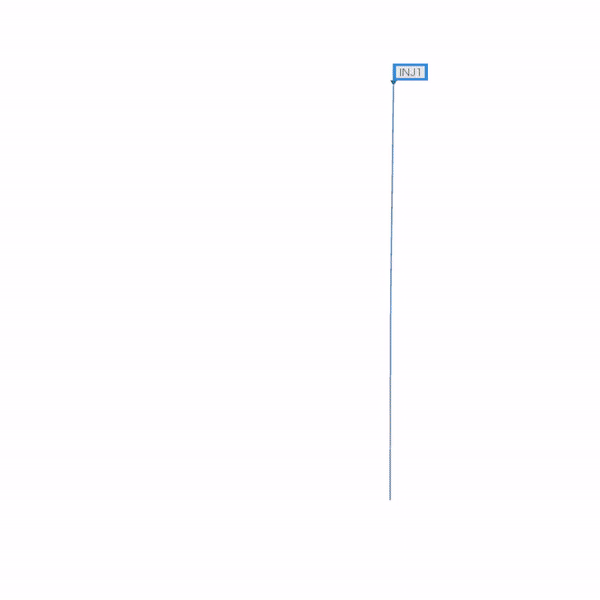publications
Here you can find a list of my publications. I hope you enjoy it.
2022
- Posterior sampling with CNN-based, Plug-and-Play regularization with applications to Post-Stack Seismic InversionarXiv preprint arXiv:2212.14595 2022
2023
- A field data application of RockAVO: Data-driven, direct petrophysical inversion of prestack seismic dataIn Third International Meeting for Applied Geoscience & Energy Feb 2023
- Plug-and-Play Stein variational gradient descent for Bayesian post-stack seismic inversionIn 84th EAGE Annual Conference & Exhibition Feb 2023
- Deep Learning to replace or augment model-based seismic inversion?In 84th EAGE Annual Conference & exhibition Feb 2023
- Striking a balance: Seismic inversion with model-and data-driven priorsFeb 2023
2024
-
 Annealed Stein Variational Gradient Descent for Improved Uncertainty Estimation in Full-Waveform InversionarXiv preprint arXiv:2410.13249 Feb 2024
Annealed Stein Variational Gradient Descent for Improved Uncertainty Estimation in Full-Waveform InversionarXiv preprint arXiv:2410.13249 Feb 2024 -
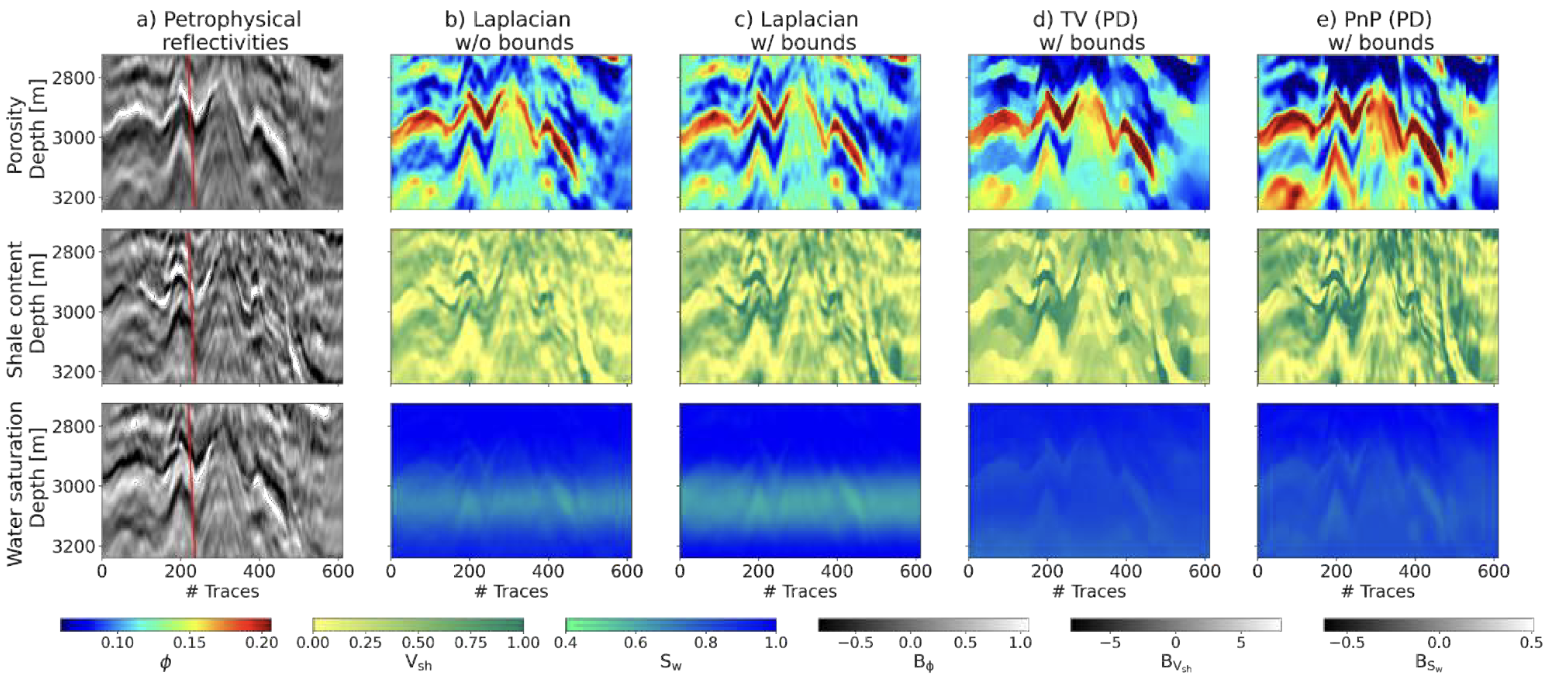 Regularization strategies for Seis2Rock-based petrophysical inversion of prestack seismic dataIn Fourth International Meeting for Applied Geoscience & Energy Feb 2024
Regularization strategies for Seis2Rock-based petrophysical inversion of prestack seismic dataIn Fourth International Meeting for Applied Geoscience & Energy Feb 2024 - Plug-and-Play regularized 3D seismic inversion with 2D pre-trained denoisersIn 85th EAGE Annual Conference & Exhibition (including the Workshop Programme) Feb 2024
- Posterior sampling with convolutional neural network-based plug-and-play regularization with applications to poststack seismic inversionGeophysics Feb 2024
-
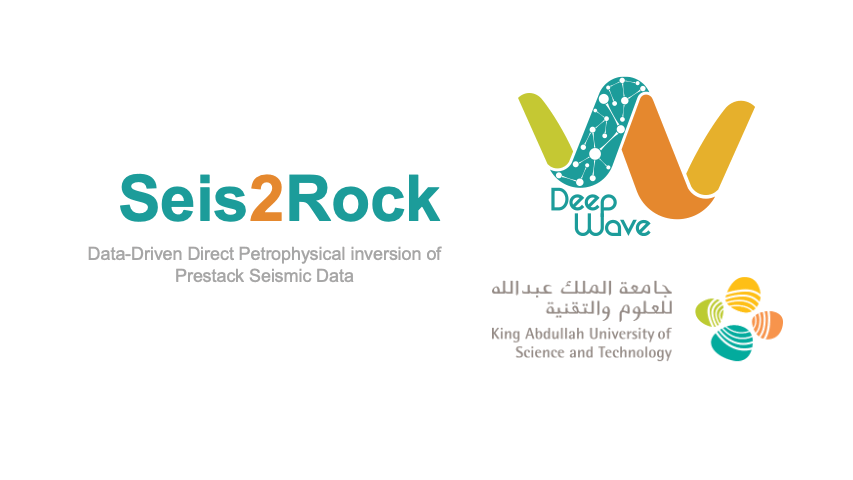 Seis2rock: A data-driven approach to direct petrophysical inversion of pre-stack seismic data: Earth and Space ScienceFeb 2024
Seis2rock: A data-driven approach to direct petrophysical inversion of pre-stack seismic data: Earth and Space ScienceFeb 2024
